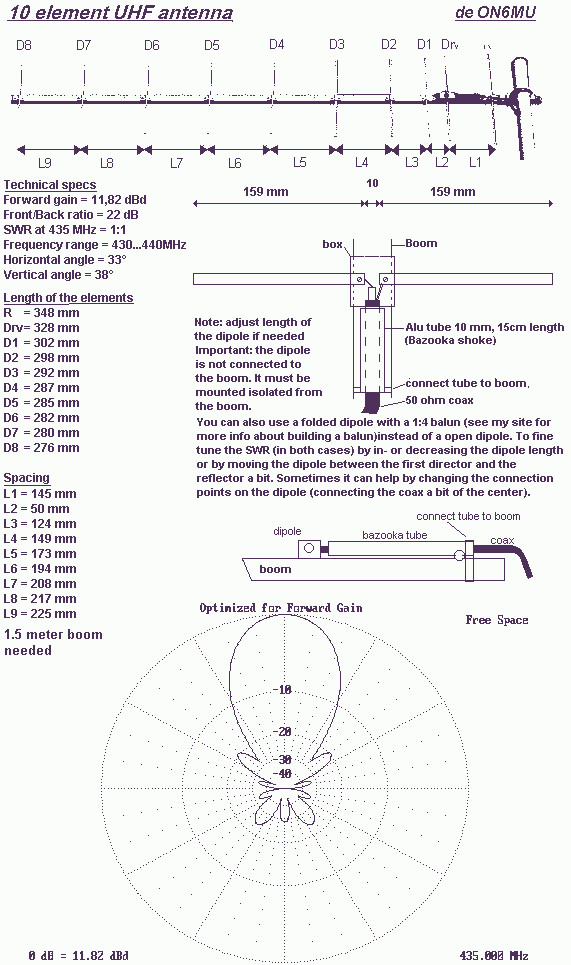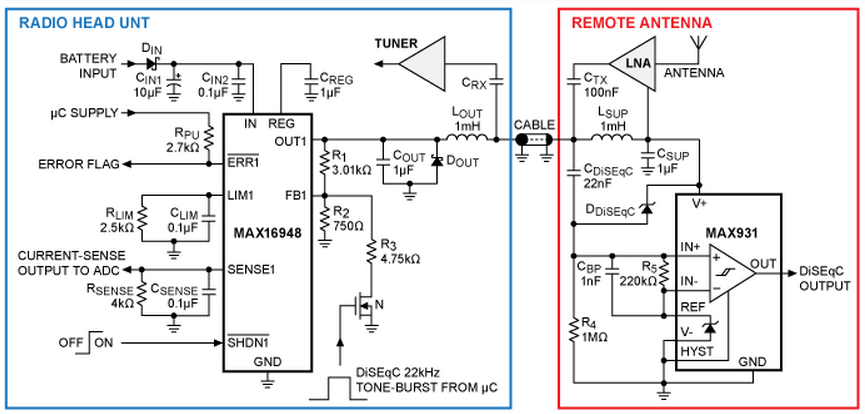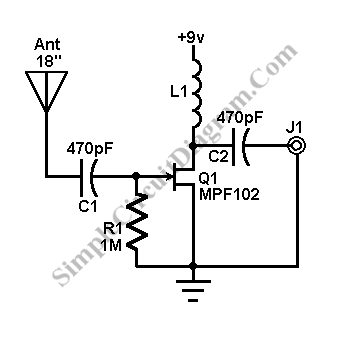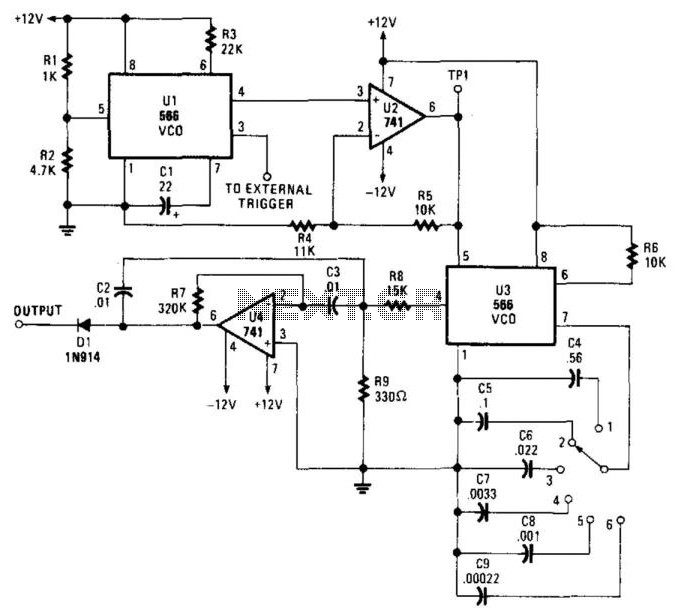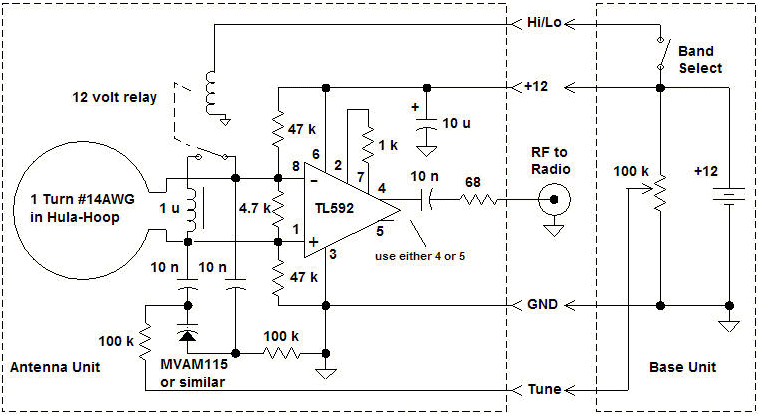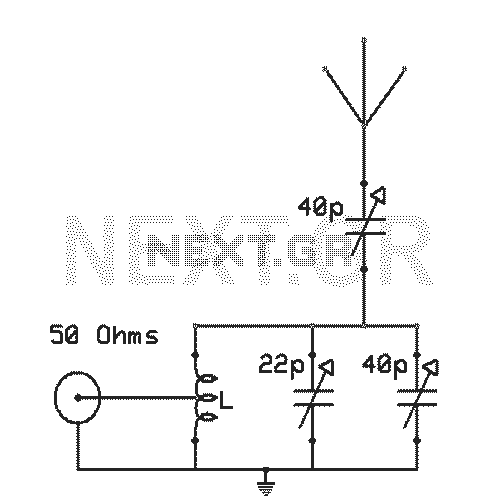
Antenna Analyzer Progress
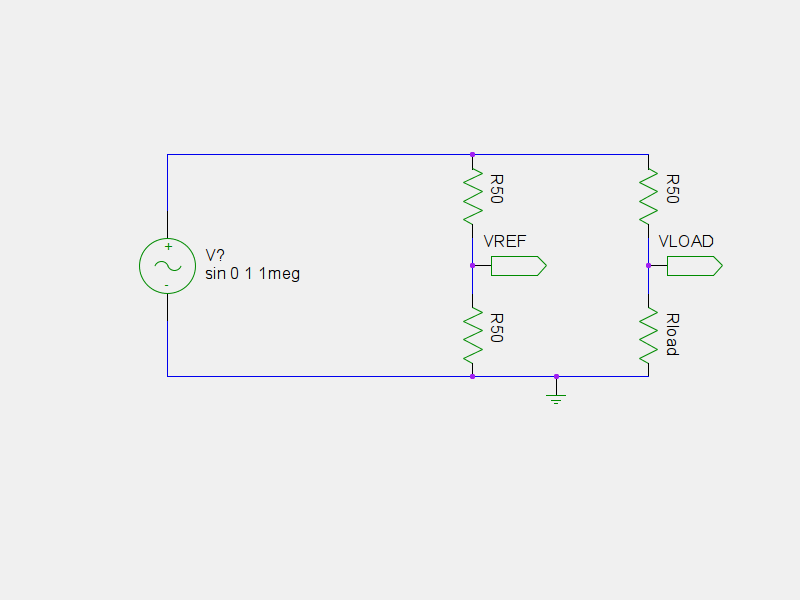
The Anderson Loop is a basic detector that is often not referred to by this name among amateur radio operators, with the term primarily used by those who patented the design. A notable application of this detector is found in the VK5JST Aerial Analyzer. A basic schematic of the Anderson Loop detector is available. Another commonly used detector is the Wheatstone bridge, which is utilized in devices like the RigExpert AA-520 and several other analyzers. A schematic of the Wheatstone bridge is also provided, despite its widespread availability online. Additionally, directional couplers are popular, with the transmatch and Bruene bridge being two prominent examples. Stripline directional couplers are designed for VHF and UHF applications, though their performance on HF has not been extensively tested. Typically, users wind turns on toroids or binocular ferrites for these applications. A schematic of a transmatch coupler is included. The intention is to develop a transmatch directional coupler in combination with an AD8302 chip. Several AD8302 units have been acquired, priced under $2 from suppliers in China, serving as a foundation for constructing a more advanced Vector Network Analyzer in the future. The necessary calculations for utilizing the AD8302 have been established, with plans to assemble the project in the coming weeks.
The Anderson Loop detector is characterized by its simplicity and effectiveness in signal detection, making it a favored choice among amateur radio enthusiasts. Its schematic typically includes a loop of wire that captures electromagnetic waves, which can then be analyzed for signal strength and quality. The VK5JST Aerial Analyzer exemplifies the practical application of this detector, integrating it into a user-friendly device that allows operators to assess antenna performance.
The Wheatstone bridge, another critical component in RF analysis, operates on the principle of balancing two legs of a bridge circuit. This configuration allows for precise measurements of resistance, making it an essential tool in various electronic testing and diagnostic applications. The RigExpert AA-520 leverages this bridge design, providing users with accurate readings of antenna impedance and SWR (Standing Wave Ratio).
Directional couplers, such as the transmatch and Bruene bridge, facilitate the measurement of power in RF systems by allowing a portion of the signal to be sampled while the main signal continues to pass through unaffected. This capability is vital for monitoring and adjusting RF systems for optimal performance. The addition of stripline directional couplers expands the application range to higher frequency bands, catering to VHF and UHF communications.
The transmatch coupler schematic illustrates the design and configuration used to match impedances between the transmitter and antenna, ensuring maximum power transfer and minimizing signal reflection. The integration of the AD8302 chip into this setup represents a significant advancement, as it allows for precise measurement of amplitude and phase, which are crucial for developing a more sophisticated Vector Network Analyzer. The AD8302's affordability and availability make it an attractive option for hobbyists looking to enhance their RF testing capabilities.
In summary, the combination of the Anderson Loop, Wheatstone bridge, and directional couplers forms a comprehensive toolkit for amateur radio operators and electronics enthusiasts, enabling effective signal analysis and system optimization. The ongoing development of a transmatch directional coupler with the AD8302 chip promises to further enhance the capabilities of these devices, paving the way for more advanced RF analysis solutions.The Anderson Loop is the simplest detector. Most hams don`t refer to it as an Anderson Loop, and I`ve only seen the loop described as such by the folks who patented it. A good example of an analyzer that uses this detector is the VK5JST Aerial Analyzer. Below is a basic schematic of the detector. Another popular detector is the Wheatstone bridge. The RigExpert AA-520 uses a wheatstone bridge as do several other popular analyzers. I`ve included a schematic of the bridge below even though you can find it in countless places on the web. The directional coupler is also popular. The two popular ones that I see are the transmatch and the Bruene bridge. There are also stripline directional couplers for VHF and UHF. I`ve not tried the stripline couplers on HF, but they may work fine. Most folks seem to wind some turns on toroids or binocular ferrites. Below is a schematic of a transmatch coupler. I am settling on a transmatch directional coupler and an AD8302 combination. I have several AD8302 chips (less than $2 from china), and I want to use this as a launch-pad to build a more capable Vector network analyzer later on.
I`ve worked out the math I need to use with the AD8302. I hope to have something put together over the next few weeks. 🔗 External reference
The Anderson Loop detector is characterized by its simplicity and effectiveness in signal detection, making it a favored choice among amateur radio enthusiasts. Its schematic typically includes a loop of wire that captures electromagnetic waves, which can then be analyzed for signal strength and quality. The VK5JST Aerial Analyzer exemplifies the practical application of this detector, integrating it into a user-friendly device that allows operators to assess antenna performance.
The Wheatstone bridge, another critical component in RF analysis, operates on the principle of balancing two legs of a bridge circuit. This configuration allows for precise measurements of resistance, making it an essential tool in various electronic testing and diagnostic applications. The RigExpert AA-520 leverages this bridge design, providing users with accurate readings of antenna impedance and SWR (Standing Wave Ratio).
Directional couplers, such as the transmatch and Bruene bridge, facilitate the measurement of power in RF systems by allowing a portion of the signal to be sampled while the main signal continues to pass through unaffected. This capability is vital for monitoring and adjusting RF systems for optimal performance. The addition of stripline directional couplers expands the application range to higher frequency bands, catering to VHF and UHF communications.
The transmatch coupler schematic illustrates the design and configuration used to match impedances between the transmitter and antenna, ensuring maximum power transfer and minimizing signal reflection. The integration of the AD8302 chip into this setup represents a significant advancement, as it allows for precise measurement of amplitude and phase, which are crucial for developing a more sophisticated Vector Network Analyzer. The AD8302's affordability and availability make it an attractive option for hobbyists looking to enhance their RF testing capabilities.
In summary, the combination of the Anderson Loop, Wheatstone bridge, and directional couplers forms a comprehensive toolkit for amateur radio operators and electronics enthusiasts, enabling effective signal analysis and system optimization. The ongoing development of a transmatch directional coupler with the AD8302 chip promises to further enhance the capabilities of these devices, paving the way for more advanced RF analysis solutions.The Anderson Loop is the simplest detector. Most hams don`t refer to it as an Anderson Loop, and I`ve only seen the loop described as such by the folks who patented it. A good example of an analyzer that uses this detector is the VK5JST Aerial Analyzer. Below is a basic schematic of the detector. Another popular detector is the Wheatstone bridge. The RigExpert AA-520 uses a wheatstone bridge as do several other popular analyzers. I`ve included a schematic of the bridge below even though you can find it in countless places on the web. The directional coupler is also popular. The two popular ones that I see are the transmatch and the Bruene bridge. There are also stripline directional couplers for VHF and UHF. I`ve not tried the stripline couplers on HF, but they may work fine. Most folks seem to wind some turns on toroids or binocular ferrites. Below is a schematic of a transmatch coupler. I am settling on a transmatch directional coupler and an AD8302 combination. I have several AD8302 chips (less than $2 from china), and I want to use this as a launch-pad to build a more capable Vector network analyzer later on.
I`ve worked out the math I need to use with the AD8302. I hope to have something put together over the next few weeks. 🔗 External reference
